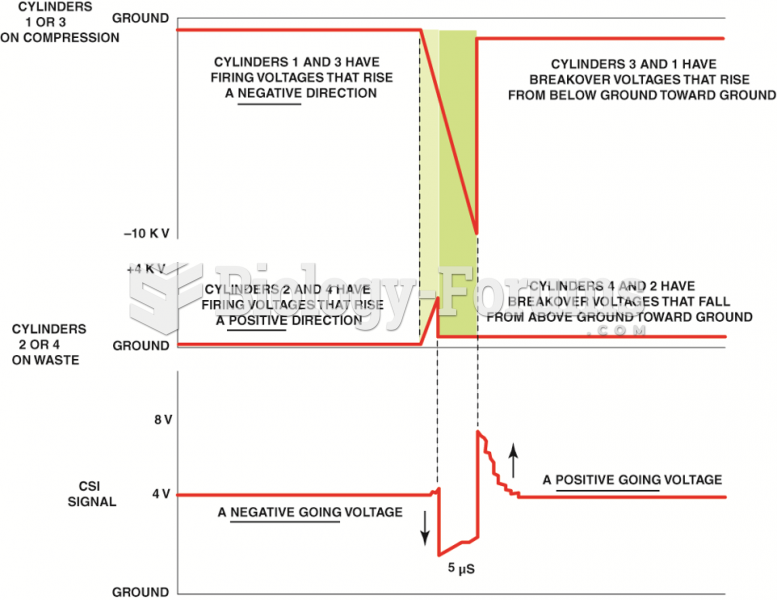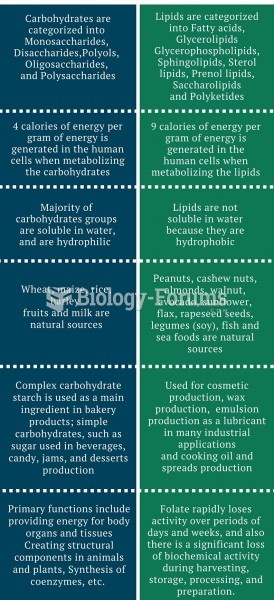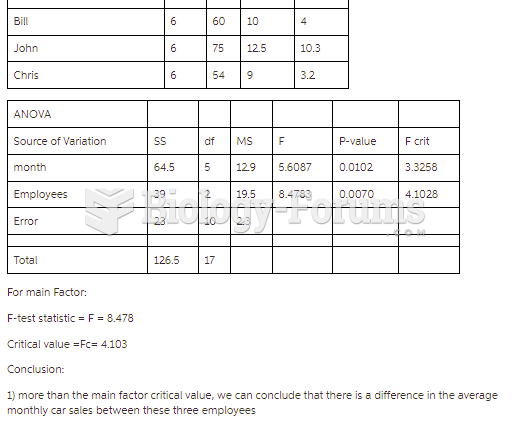Answer to Question 1
The internal rate of return (IRR) attempts to answer the question, What rate of return does this project earn? For
computational purposes, the internal rate of return is defined as the discount rate that equates the present value of the
project's free cash flows with the project's initial cash outlay. It is referred to it as the internal rate of return because it
is dependent solely upon the project's cash flows, not on rates of return or the opportunity cost of money.
The modified internal rate of return (MIRR), has gained popularity as an alternative to the IRR method because it
avoids multiple IRRs and allows the decision maker to directly specify the appropriate reinvestment rate. As a result,
the MIRR provides the decision maker with the intuitive appeal of the IRR coupled with a reinvestment rate
assumption that prevents the possibility of multiple rates of return. Is the reinvestment rate assumption really a
problem? The answer is yes. One of the problems of the IRR is that it creates unrealistic expectations for both the
corporation and its shareholders.
There is more than one way to compute the MIRR, and each method can potentially result in a different value for the
MIRR. We used what we consider to be the most common way to compute the MIRR, which is also the one used by
Excel. Specifically, we discounted the project's negative cash flows back to the present using the project's required rate
of return and then compounded all the positive cash flows to the end of the project's life at the required rate of return
before computing the MIRR. Some analysts compute the MIRR by discounting negative cash flows back to the present
using the project's required rate of return and then computing the MIRR. Neither method is necessarily better than the
other.
Answer to Question 2
D







